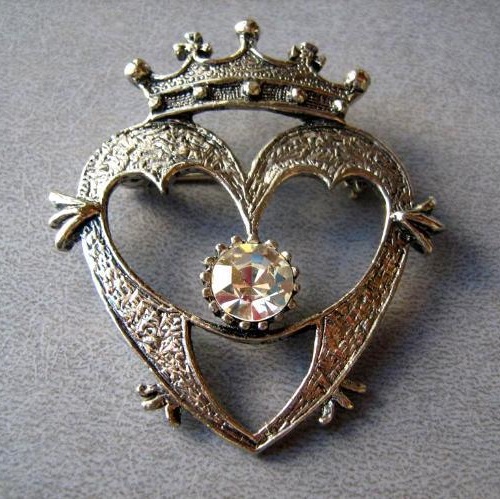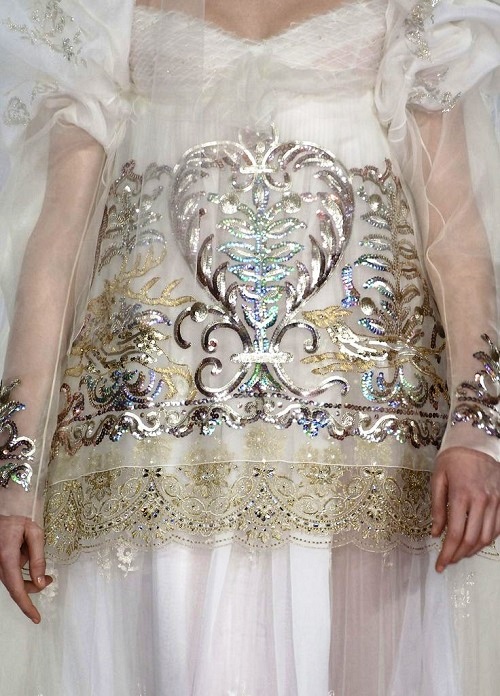Sacred Heart Jewellery
Sacred Heart Jewellery
The cult of the Sacred Heart as the center of all spiritual in man developed in the XIII century. The heart has been synonymous to the Sacred Heart of Jesus, in connection with which a wound on the body of Christ at the crucifixion moved from the right to the left side of the body. And Mary’s heart was displayed as pierced by seven swords of sorrow. She devoted herself and her country to the veneration of his heart, and established a Sacred Heart feast day.
It is understandable why the attention to the Heart of Christ arose at this time. In the XII century the widespread cult of veneration of the sacred humanity of Christ was accompanied by a strong interest to the events of his earthly life, the places related to these events, His suffering and the instruments of these sufferings.
In the old days the groom attached such brooch to the dress of the bride at a wedding as a symbol of love and commitment. Nowadays Luckenbooth brooch – symbol of love and fidelity, not less popular than before. The name of the brooch comes from small shops – locked booth, located near the Cathedral of Saint Giles, which is at the center of one of the famous attractions of Edinburgh’s Royal Mile. In luckenbooths sold jewelry and other handicraft products in the XVI century.
In XIII-XVI centuries veneration of the Sacred Heart of Jesus began to spread, and we find it in the lives of the saints, and in the practices of the Franciscan, Dominican, and Carthusian orders. Parallel with it there was a deep veneration of five wounds of Christ, with the cult of central wound – the Heart. Internal development of mysticism of the Sacred Heart during this period was not received.
Sacred Heart Jewellery
Haute couture shows with sacred heart designs:


































